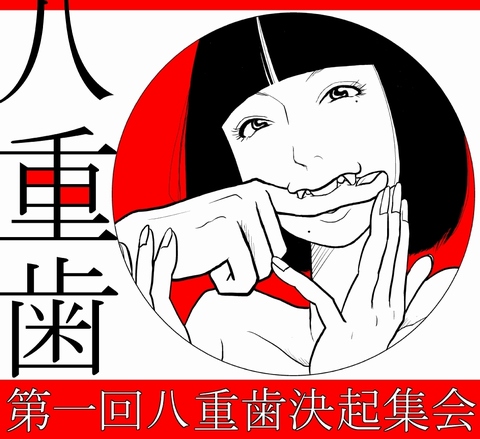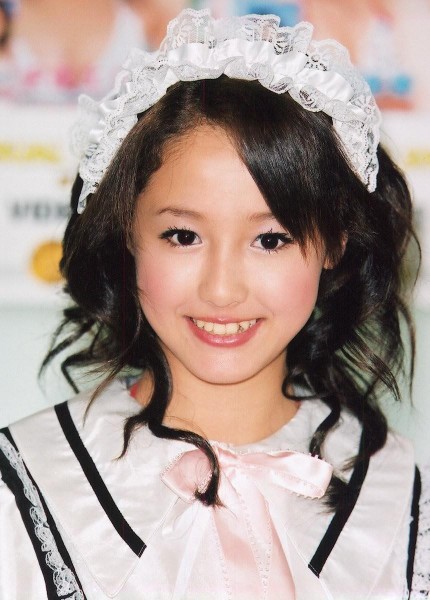Here’s a little word that you may have not heard before, but you’ve more than likely *seen* it. I mean, you do spend all day looking at Japanese idols, right?
八重歯 (やえば) is the Japanese word for ‘snaggletooth’, ‘double tooth’ or ‘crooked teeth’. Made up of 3 kanji – ‘8’ ‘layers’ of ‘teeth’. Of course, yaeba aren’t really 8 layers on top of the original teeth! They are merely double layered, and usually it is the canines that stick out. Here’s one very famous idol called Sawajiri Erika, proudly showing off her one yaeba.
Ahem, when you’re done saving the picture… Okay, so what’s the deal with yaeba in Japan? In Western countries like the UK and US, yaeba are almost exclusively seen as crooked teeth – that is, something to be fixed. Children go to the orthodontist to wear braces to correct the alignment of their teeth, or if you were unlucky like myself, you might have to have teeth removed. The end result though, is that there is more space in the mouth for the teeth to grow, avoiding the unwanted yaeba effect.
But in Japan, yaeba are actually something of a charm point, especially among girls. Consider the next explanation:
欧米では、唇の間からのぞく八重歯はドラキュラの牙を連想させ、醜いと言われ、小さいうちに矯正されることが多い。
おうべいでは、 くちびるのあいだから のぞく やえばは ドラキュラの きばを れんそうさせ、 みにくいといわれ、 ちいさいうちに きょうせいされる ことがおおい。
In the West, teeth that stick out from between the lips remind people of Dracula’s fangs and are considered ugly, so many people get their teeth corrected from a young age.
Some good Japanese here to get stuck into. のぞく means to ‘peek out’ or to ‘stick out’. What is peeking out? The のぞく八重歯 – the sticking out canines. That’s right, here yaeba would simply be ‘teeth’ or perhaps ‘canines’ in the translation. We wouldn’t want to say something awkward like ‘the sticking-out teeth’. Not all Japanese words can be mapped to English ones, and vice-versa. 牙 (きば) is the word for fang, or tusk. Context tells us a lot – fangs, right? Or else Dracula had suddenly managed to make his mouth much bigger to accommodate tusks!
連想 (れんそう) is the association or suggestion of ideas and させる is the causative from of する. So, we’re ‘causing the association of ideas’, or more appropriately, the yaeba are. Yaeba make us think of Dracula fangs! Argh! To finish, there is 矯正される – the passive form. Something is ‘to be done’. What is to be done exactly? The correcting of teeth! Many people have their teeth corrected.
Let’s take a lot at the sentence following that:
That’s not all! Log in to see the rest of this lesson.
Or if you aren’t a member yet, please consider signing up.



Leave a Reply